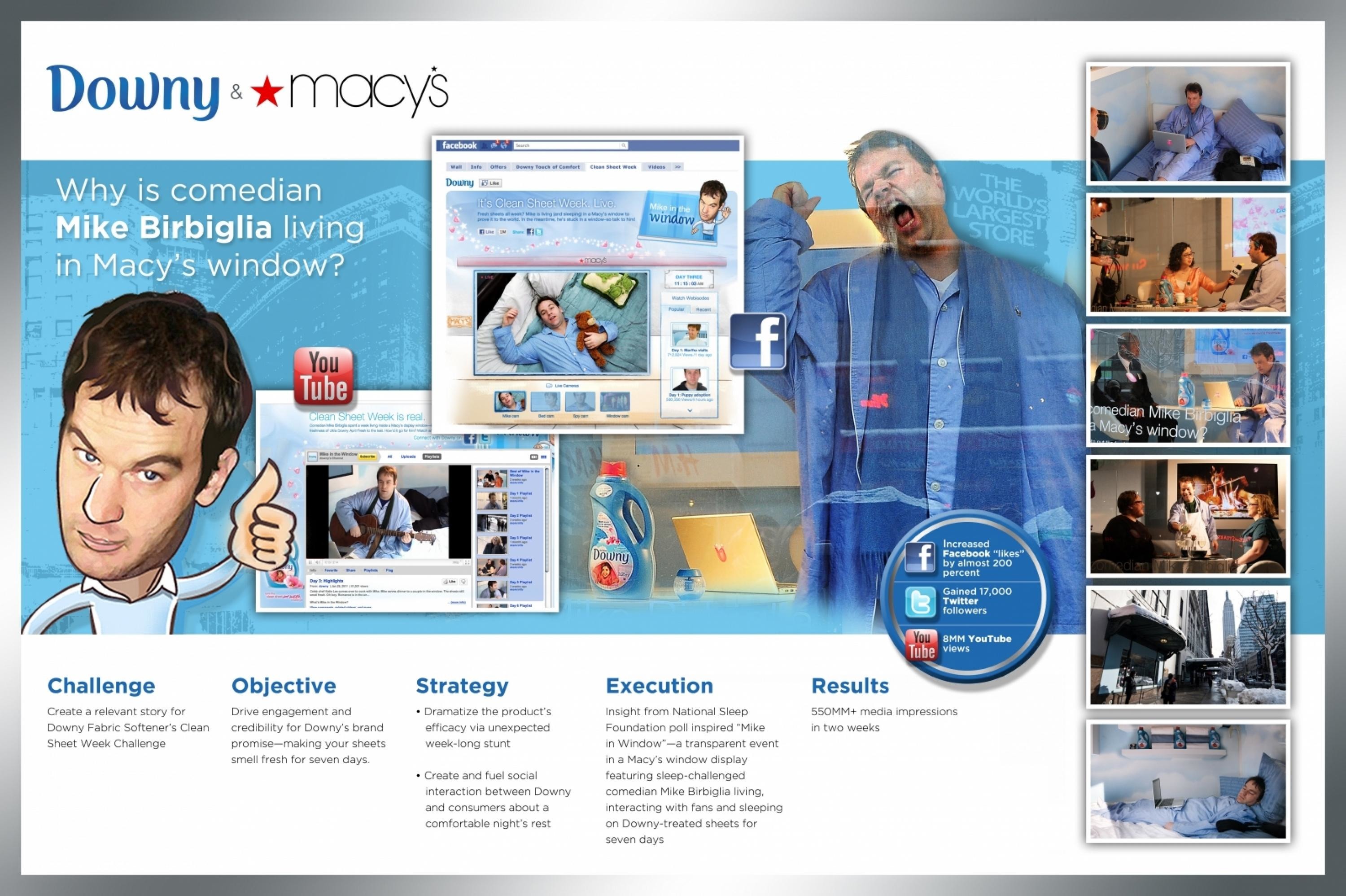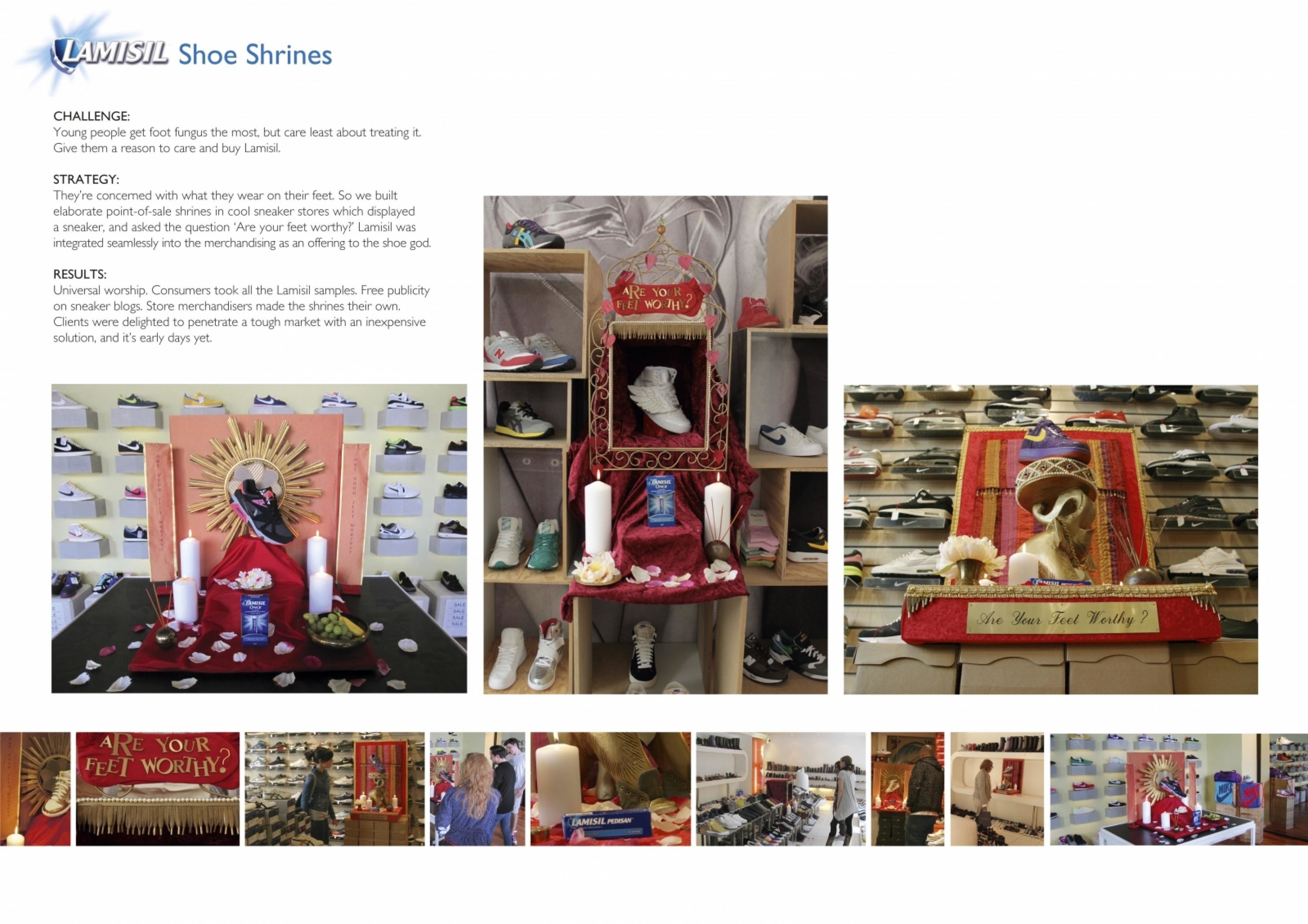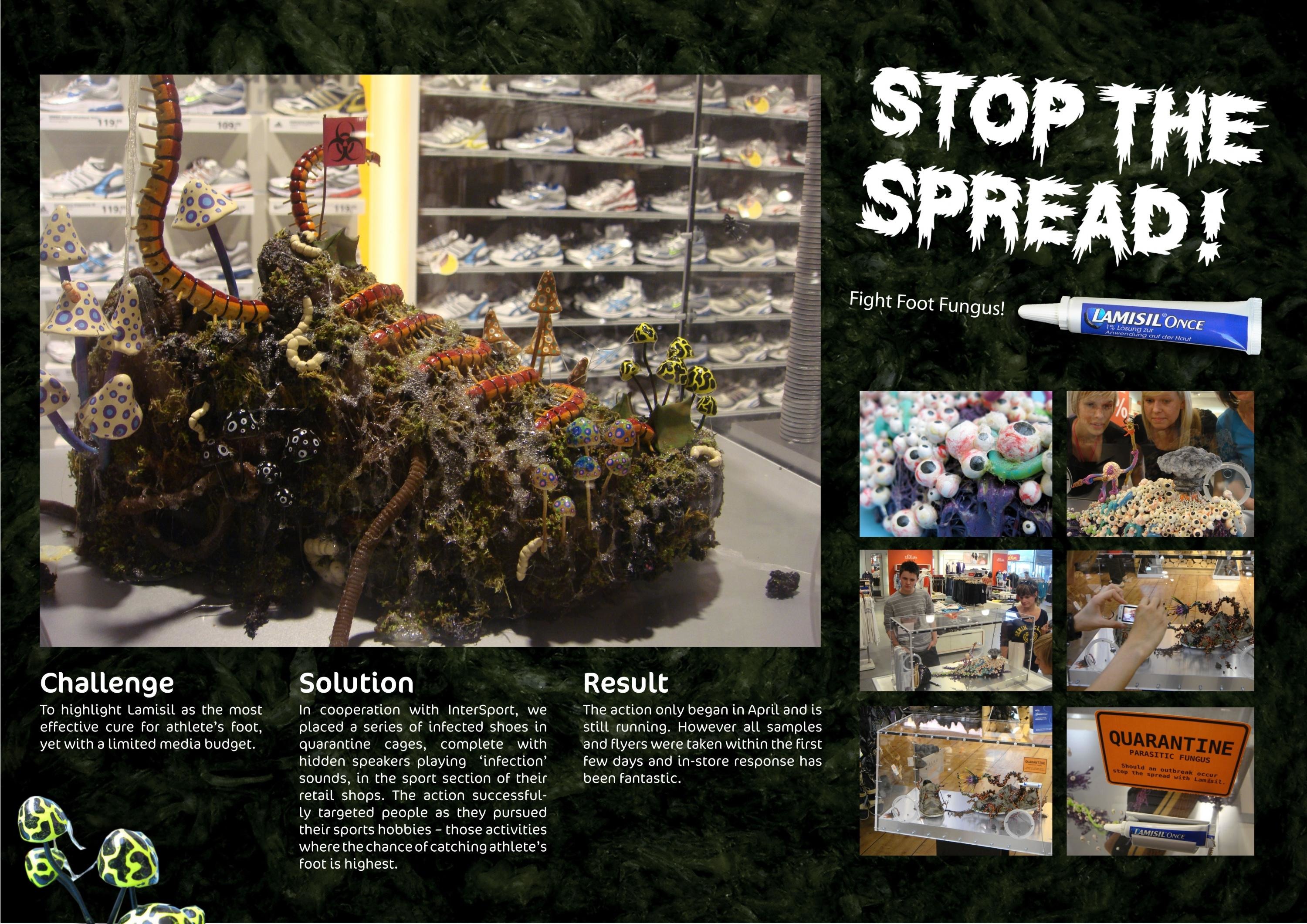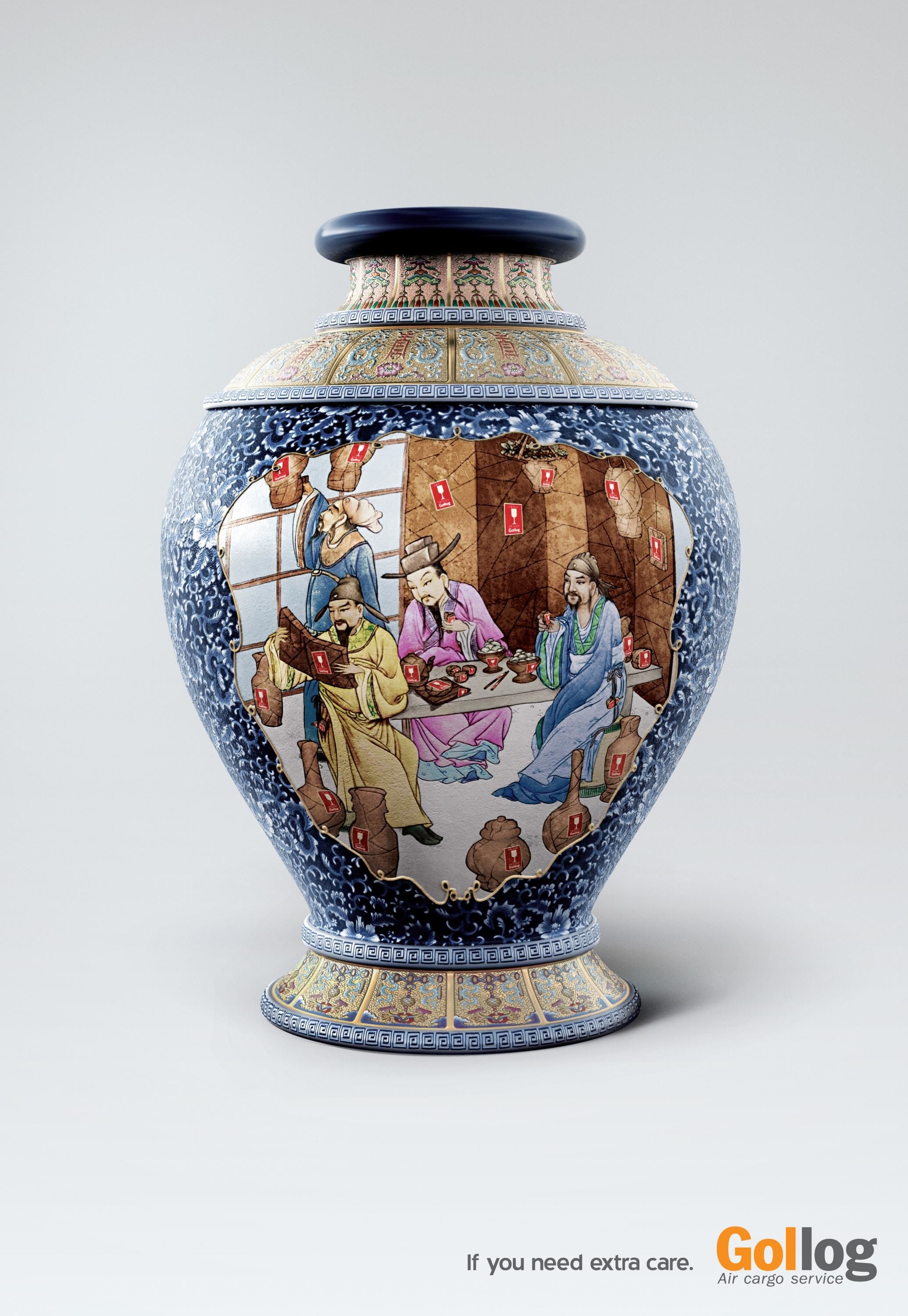Cannes Lions
Inside Heart Failure
WEBER SHANDWICK, Paris / NOVARTIS / 2020

Overview
Entries
Credits
Overview
Background
Most people understand heart attacks (when blood flow into your heart is blocked). Less well understood is heart failure (when the heart cannot pump blood out to the body). Yet one million people in France today suffer its progressive symptoms. Among over-65s, it causes more hospitalisations than heart attacks.
Novartis wanted to underline its commitment to treating heart failure, targeting four audiences in particular: journalists; patients; relatives/caregivers; and the general public.
Our response was to expand the brief, beyond pure publicity and towards wide, socially responsible activism. Heart failure is France’s primary cause of hospitalisation for people over 65 years old. The number could be halved simply with earlier diagnosis, yet so few of us even know the symptoms. Here was a clear objective: If we could improve heart disease literacy across France, our Novartis-branded campaign could genuinely help save lives.
Idea
To transform public understanding, we needed to translate the rather abstract symptoms of heart failure – weakness, breathlessness, weight gain and edema (fluid retention resulting in 'heavy legs') – into relatable experiences.
Through partnership with the four main Patient Associations in France, we would ask hundreds of patients to explain, in their own words, what it was like to experience heart failure symptoms at home – in particular the physical difficulties, and how it shifted perceptions of the home. We would then refashion a Paris studio into a beautiful home. As you inhabited it, however, subtle illusions would begin to mimic these reality-distorting symptoms: Your legs would buckle on apparently solid floors; the newspaper would suddenly seem unusually heavy; and stairs would seem to extend out of reach.
We hoped that by creating these hands-on, physical memories, we would be embedding knowledge in visitors that would last long beyond the
Strategy
Desk research, particularly studies done by the French Cardiologist Society on late diagnosis and low symptom awareness, led us to our creative concept.
Our strategic focus then was to ensure that patients’ lived experiences guided everything: Hundreds of first-hand patient testimonies of heart failure guided every stage of the apartment’s design and, once it was built, patients also came to road-test it, to ensure the experience was accurate. Upon arrival, visitors received an audio guide of patients comparing their symptoms to the apartment modifications, with patients (and doctors) also on hand at the end of the tour to answer questions.
We leveraged the Patient Associations to publicise the event with patients and carers; direct invitations sent to national and healthcare media also included a video appeal from patients, keeping that link to real experiences.
For those unable to attend, a virtual immersive apartment experience was made available on the web.
Execution
A team of movie set designers spent two months meticulously planning the apartment’s subtle illusions, then building them within a beautiful home design.
In March 2019, approximately 150 patients, relatives/caregivers and journalists visited our ‘home.’ In total, we had created over 50 unique experiences, including spongey floors (to replicate ‘heavy legs’ and balance problems), unnaturally deep sofas (making it difficult to stand up again), and a kitchen with dozens of unusually heavy items, from cereal boxes to bar stools (to convey the weakness sufferers notice when handling household items). We even built a physical illusion outside the apartment, adding an ‘invisible’ extra flight of stairs between levels, making it more tiring to climb to the apartment.
Two press conferences followed: one aimed at the healthcare sector (on the underlying medicine), the other for general media (focused on the activation concept and the symptoms of heart disease).
Outcome
Our story took off:
-Over 135 million organic impressions on the main symptoms of heart failure. (Source: Kantar)
-Over 80 pieces of coverage – national TV, radio and newspapers, including 20 Minutes, the most-read daily in France. Headlines included, ‘An experience worth living’ (Ouest France), ‘An immersive experience that lets you slip into the skin of someone with a fragile heart’ (20 Minutes), and ‘Heart Failure: what are the signs that indicate you need to see a doctor?’ (Femme Actuelle).
-A 5-minute feature on France 5’s national lunchtime show, ‘Magazine de la Sante’, featuring a tour of the apartment. Given the severe restrictions on earned media for pharma in France, this sort of coverage was beyond the team’s wildest dreams.
-Over 90% of coverage mentioned Novartis by name.
But this was a campaign based, at its core, not on publicity but on persuading the French public to educate themselves about the symptoms of heart disease. We wanted real change. And afterwards, we saw clear indications that we had induced just such a behavioural ‘nudge’:
-Increase in the Google searches for “heart failure”, during the campaign and for six months afterwards – 30,100 monthly average vs. 17,440 before the activation. (Source: Google Keyword Planner)
-More than a doubling (110% increase) of Google searches for “heart failure symptoms” over the same period in France. (Source: Google Trends)
So successful was the Paris experience, Novartis decided to expand it, replicating the event with activations in other French cities involving additional agency partners.
Similar Campaigns
12 items







